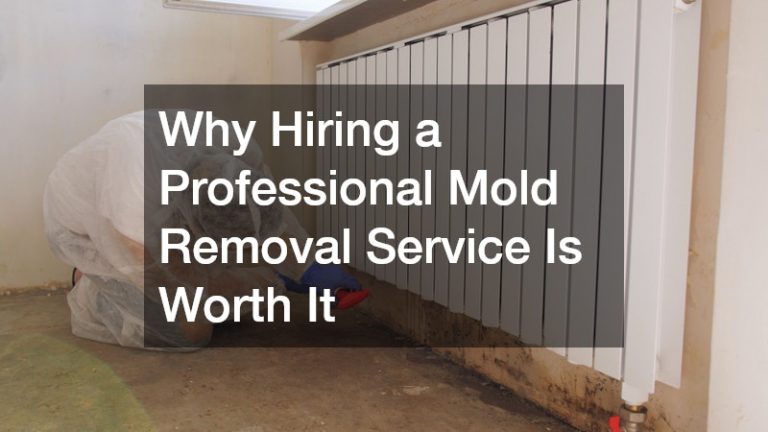
After a roof installation, a multitude of homeowners tends to allow their roofs to fall into disrepair. This isn’t purposeful so much as it’s them thinking roofs are close to invincible. True, a good roof installation will prove doughty for a long time, but far from invincible.
In fact, under normal circumstances, you should have your roof inspected once or twice every year. Furthermore, you should definitely have your roof inspected before winter. Late summer and early fall are good times to have roofing services completed. This way, you’ve caught any issues and completed roof repairs before the weather takes a turn for the worst.
The trouble is, a lot of people don’t do this. Once winter gets here, these are some of the reasons their roofs might leak. Don’t be those people.
Never checked
A common disregard that leads to leaks is people never getting on their roofs and just looking for weak spots. Also, never inspecting ceilings from the inside. Indoor ceiling inspection can be more telling than standing on your roof and staring at shingles. Unseen weak spots have usually already been leaking, but unnoticeably. Winter packs snow onto the roof and melting snow causes those little weaknesses to be much more apparent.
Ice dams
Ice dams are the most common wintertime roof leaks. When snow melts on your roof and trickles into your gutters, that snowmelt causes more water than gutters can handle. This is especially true when gutters are filled with debris left over from autumn. Then all that water overflows and freezes where your gutters meet the roof. When it melts again, you’ve got fabulous little leaks caused by ice dams. Solution? Keep your gutters clean. If you get so much snow that clear gutters couldn’t handle the melt, get on your roof and carefully clear off some excess snow.
Attic condensation
Tougher to recognize, attic condensation can be an insidious cause of winter roof leaks. When the warm air in your house rises to the attic and comes in contact with the cold roof, it causes condensation. You knew that from your childhood science classes. Condensation on wooden interior roofing will cause erosion and, over time, eroded roofing will let more and more water in. A proper roof installation must consider the interior as well. Be sure your attic is adequately insulated so that warm air doesn’t escape your house and doesn’t cause damaging condensation.
Keep your roof tight this winter. Banish moisture by keeping tabs on your roof — inside and outside — and address potential problems quickly. Nobody wants to be fixing roof leaks in the middle of February. Get the jump on them now.


